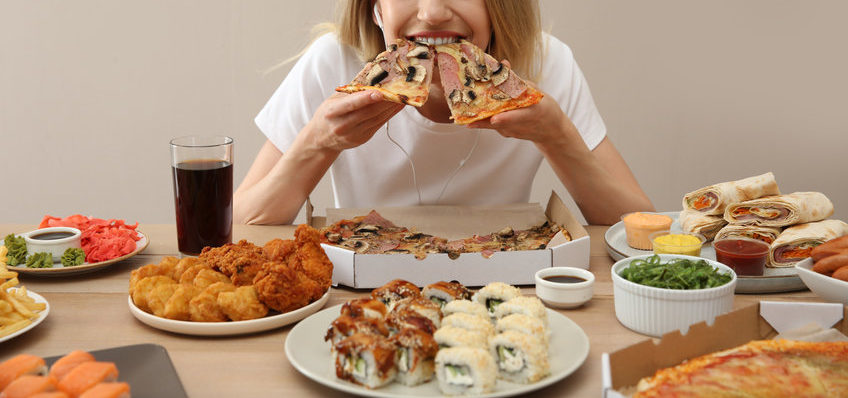
On the topic of addiction, most people imagine narcotics or illegal substances. However, there is a more common but still dangerous habit that hits closer to home: food addiction. No, there are no shady men in long trench coats peddling illicit foods on dark street corners; the most addictive foods are found in the aisles of your local supermarket. Nonetheless, the science behind it lies in the depths of the mind and how the brain works with the stomach. In this article, we’ll take a look at what food addiction is, how it works, and which foods are most addictive.
What constitutes a food addiction?
There is no set definition for food addiction, and the Diagnostic and Statistical Manual of Mental Disorders does not include it as a mental condition. Nonetheless, it can be described as compulsive eating habits, which mimic addiction. According to research, some people are more susceptible¹ to this condition, especially when the foods being consumed are high in fat or sugar. Symptoms commonly associated with food addiction include²:
- An irresistible urge to overeat (even when not hungry)
- A strong desire for sugary and high-fat foods
- Being unable to manage food consumption
- Binge eating
- Disordered or unhealthy eating patterns
While there is still a lot of research to be done in this field, scientists have found a link between the parts of the brain activated by certain foods and illicit substances.
How food addiction works
Professor of Biological Sciences at Harvard University Daniel Lieberman’s example of imagining two bowls, one filled with walnuts and the other with potato chips, is instrumental to illustrating food addiction³. On one hand, potato chips are developed by multinational food companies for the perfect combination of salt, sugar, and fat. On the other hand, walnuts are a whole food, regardless of their nutritiousness or ability to provide satiety, they lack the same taste and appeal. Not to mention, there is the emotional aspect of the addiction, as much of the power these processed foods have, can come from consumer’s memories⁴. Moreover, processed foods can manipulate the hormones our body releases to tell the brain “I’m hungry” or “I’m full”.
Hormones and food
Generally, when we feel hungry it is because our ghrelin levels are high, telling our brain that we need to eat. Conversely, when we are full, the hormone leptin signals to the brain to stop eating. Individuals who struggle with compulsive eating either lack leptin⁵ or their brain does not respond adequately to it. Although it isn’t just the hormones in the stomach, it is also the chemicals in the brain that play into food addiction.
The Dopamine Diet
A review of studies⁶ found that highly palatable food led to the increased activation of dopamine receptors. As a result, subjects regularly overate foods, such as bacon, sausage, cheesecake, pound cake, and frosting. However, in another trial using appetite suppressants, adults with food addiction performed differently to control participants. As a result, researchers suggested that food addiction can alter dopamine signaling, which also occurs in individuals with substance abuse disorders. Other neurobiological changes were noted in similar studies, indicating that gamma-aminobutyric acid (GABA) receptor activity may play a role in food addiction, and food can be used to condition behavior.
Which foods are the most addictive?
Everyone has a different palate, meaning that not everyone may find the same foods addicting. However, foods used in studies that most commonly lead participants to overeat⁷ were:
- Cookies
- Cake
- Ice Cream
- Chocolate
- Pizza
- French Fries
- Chips
- Cheeseburgers
While this condition can be managed, allowing people to live normal lives, it is vital to acknowledge when someone is facing problems with food addiction. If you or someone you know is struggling with compulsive eating habits, contact your physician or reach out to Overeaters Anonymous for help and guidance.
References
- Ivezaj, V, et al. “Food Addiction and Bariatric Surgery: A Systematic Review of the Literature.” Obesity Reviews : an Official Journal of the International Association for the Study of Obesity, U.S. National Library of Medicine, Dec. 2017, www.ncbi.nlm.nih.gov/pmc/articles/PMC5691599/.
- Charles, Amber. “Food Addiction: What Does the Science Say?” Medical News Today, MediLexicon International, 25 June 2021, www.medicalnewstoday.com/articles/is-food-addiction-real.
- Sweet, Jacob. “The Context: Daniel Lieberman on Food Addiction.” Harvard Magazine, Harvard Magazine Inc., 8 June 2021, www.harvardmagazine.com/2021/04/the-context-daniel-lieberman-on-food-addiction.
- Davies, Dave. “Cheap, Legal and Everywhere: How Food Companies Get Us ‘Hooked’ on Junk.” NPR, NPR, 26 Apr. 2021, www.npr.org/sections/health-shots/2021/04/26/990821079/cheap-legal-and-everywhere-how-food-companies-get-us-hooked-on-junk?t=1628631151706.
- Kluger, Jeffrey. “Food Addictions Are Real, and More People Are Getting Hooked.” Time, Time, 6 Nov. 2019, time.com/5718798/food-addiction/.
- Gordon, Eliza L, et al. “What Is the Evidence for ‘Food ADDICTION?” a Systematic Review.” Nutrients, MDPI, 12 Apr. 2018, www.ncbi.nlm.nih.gov/pmc/articles/PMC5946262/.
- “Why Are Certain Foods so Addictive?” Cleveland Clinic, Cleveland Clinic, 3 Mar. 2021, health.clevelandclinic.org/why-are-certain-foods-so-addictive/.
Ashuni Pérez is a writer in the culinary, as well as health and wellness industries. With a background in teaching and digital media, she loves to learn and help others discover more about their food, where it comes from, and how best to prepare it. A foodie through and through, she is always searching for new recipes and the freshest ingredients.


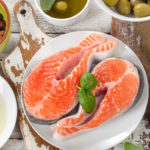

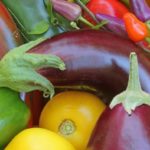

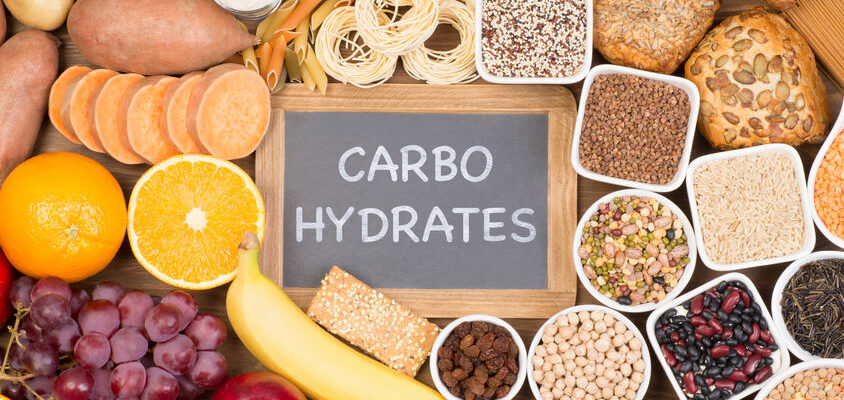


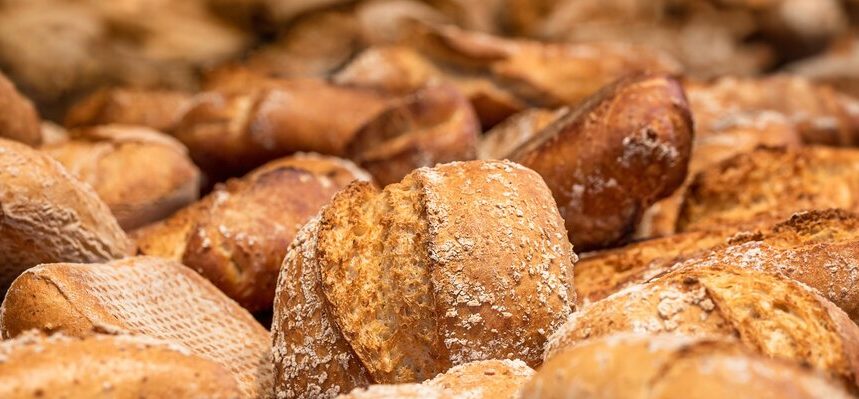

Leave A Comment